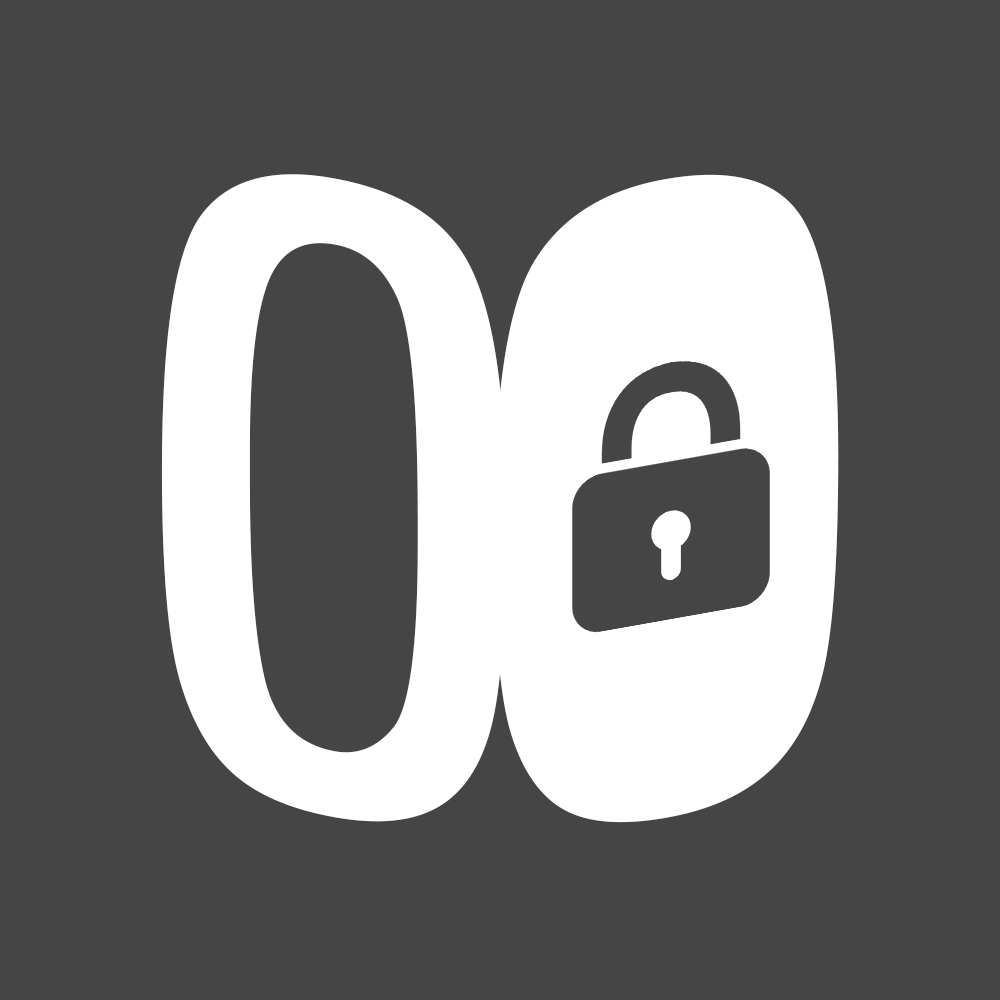Active Directory Architecture
Key Architectural Considerations
Domain Controllers (DCs)
- Primary Role: Serve as the backbone of the AD architecture, handling all authentication and directory services for a given domain.
- Deployment Strategy: Recommend deploying multiple DCs for redundancy and load balancing, ensuring high availability and fault tolerance. Placement of DCs should consider physical site locations to optimize network traffic.
Organizational Units (OUs)
- Structure and Management: OUs are containers within a domain that organize objects, such as users, groups, and computers, reflecting the organizational structure. Designing an OU hierarchy allows for delegated administration and application of Group Policy Objects (GPOs) at granular levels.
Active Directory Objects
- Types and Attributes: The primary objects in AD include users, groups, computers, and printers, each with a set of attributes that define their properties and behaviors within the network.
- Custom Attributes: Explore the possibility of extending schema to include custom attributes specific to the organization’s needs, enhancing the directory’s utility and integration capabilities.
Global Catalog (GC)
- Functionality: The GC is a distributed data repository that contains a searchable, partial representation of every object in the directory, enabling queries across the entire forest.
- Placement and Optimization: Strategically place GC servers to support efficient directory searches and logon processes across the network, especially in multi-domain environments.
Active Directory Sites and Services
- Site Design: Sites represent physical or network topologies, influencing how and where authentication traffic flows. Proper site configuration ensures that authentication requests are routed efficiently, reducing login times and network congestion.
- Replication Management: Control replication traffic between sites by configuring site links, schedules, and costs, balancing the need for up-to-date information against bandwidth availability.
Trust Relationships
- Inter-Domain and Forest Trusts: Trusts allow different domains and forests to recognize each other’s authentication requests, facilitating resource sharing and collaboration. Design trust relationships to reflect organizational partnerships and mergers, ensuring secure and seamless access.
Security and Compliance
Kerberos and NTLM Authentication
- Secure Authentication Protocols: AD primarily uses Kerberos for authentication within a domain, providing mutual authentication and session security. NTLM is used for legacy support and certain cross-domain scenarios. Emphasize the configuration of Kerberos policies for enhanced security.
Lightweight Directory Access Protocol (LDAP)
- LDAP Signing and Encryption: Implement LDAP signing and LDAP over SSL/TLS (LDAPS) to protect against credential interception and replay attacks, ensuring that directory access is secure.
Advanced Threat Protection
- Monitoring and Defense: Utilize advanced threat detection and response tools, like Microsoft Advanced Threat Analytics (ATA) or Azure Advanced Threat Protection (ATP), to identify, investigate, and respond to network anomalies and security breaches.
Automation and Management
PowerShell for Active Directory
- Scripting and Automation: Leverage PowerShell to automate routine AD management tasks, such as user provisioning, password resets, and report generation. Develop custom scripts or modules that integrate with your overall IT management strategy.
Group Policy Management
- Policy Configuration and Deployment: Utilize GPOs to manage the configuration of computers and user settings in an AD domain. Design a comprehensive Group Policy strategy that aligns with security policies, software deployment, and user experience.
